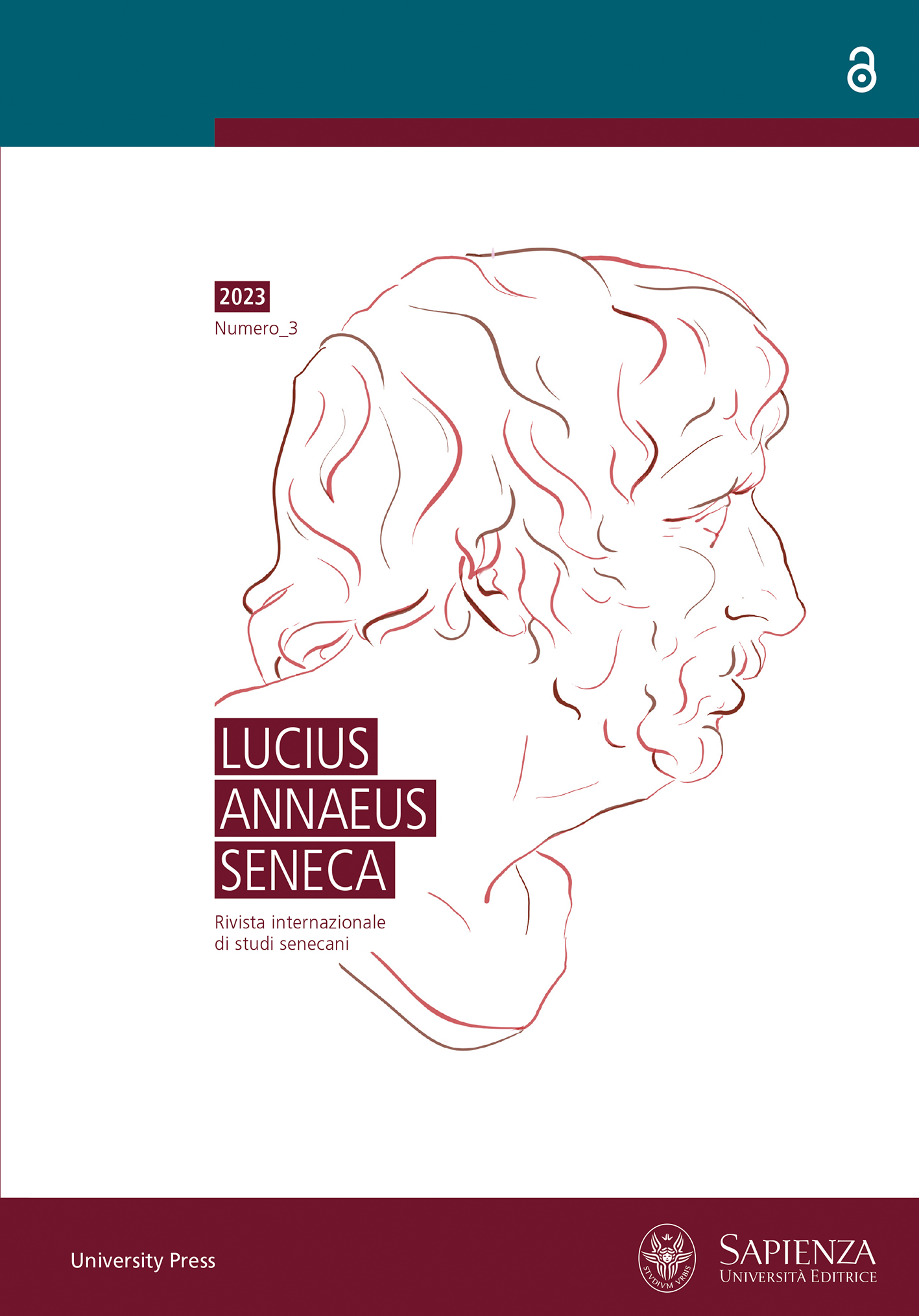La “Buona morte” in scena. Due casi di εὐθανασία a confronto: Augusto (Suet. Aug. 98-99) e Tullio Marcellino (Sen. epist. 77)
DOI:
https://doi.org/10.13133/2785-2849/2790Parole chiave:
Seneca, Augustus, Suetonius, Suicide, Death, Euthanasia, Tullius Marcellinus, StoicismAbstract
This article analyses the analogies between two εὐθανασία scenes: that of Augustus (Suet. Aug. 98-99) and that of Tullius Marcellinus (Sen. epist. 77). I argue that the official version of Augustus’ death, as it emerges from Suetonius, is the paradigm lying behind Seneca’s depiction of Marcellinus’ suicide. Despite killing himself, Lucilius’ friend stages an exitus facilis, i.e. an εὐθανασία, which shares many traits with the death of Augustus (peacefulness, pleasure, lack of pain, nobleness, life as a comedy and death as the final act). Through the exemplum of Marcellinus, Seneca offers a death paradigm which is both “august” and private (i.e. apolitical), in opposition to the trendy Stoic political suicide.##submission.downloads##
Pubblicato
2023-12-23
Come citare
Spurio Venarucci, I. (2023). La “Buona morte” in scena. Due casi di εὐθανασία a confronto: Augusto (Suet. Aug. 98-99) e Tullio Marcellino (Sen. epist. 77). Lucius Annaeus Seneca, 3, 55–76. https://doi.org/10.13133/2785-2849/2790
Fascicolo
Sezione
Articoli
Licenza
Copyright (c) 2023 Ivan Spurio Venarucci

Questo lavoro è fornito con la licenza Creative Commons Attribuzione - Non commerciale - Condividi allo stesso modo 4.0 Internazionale.


